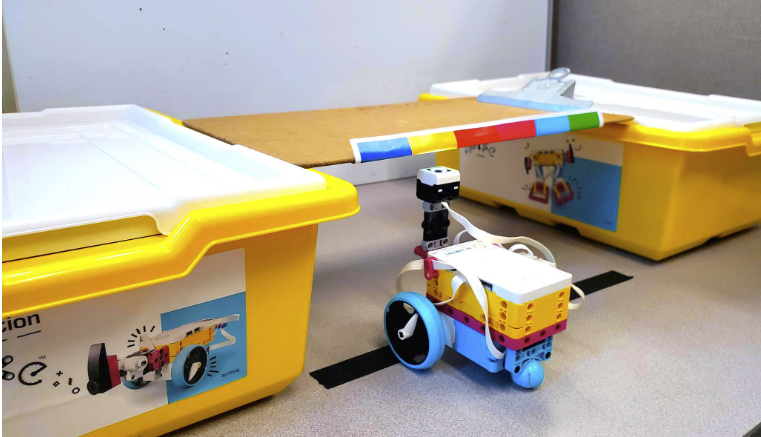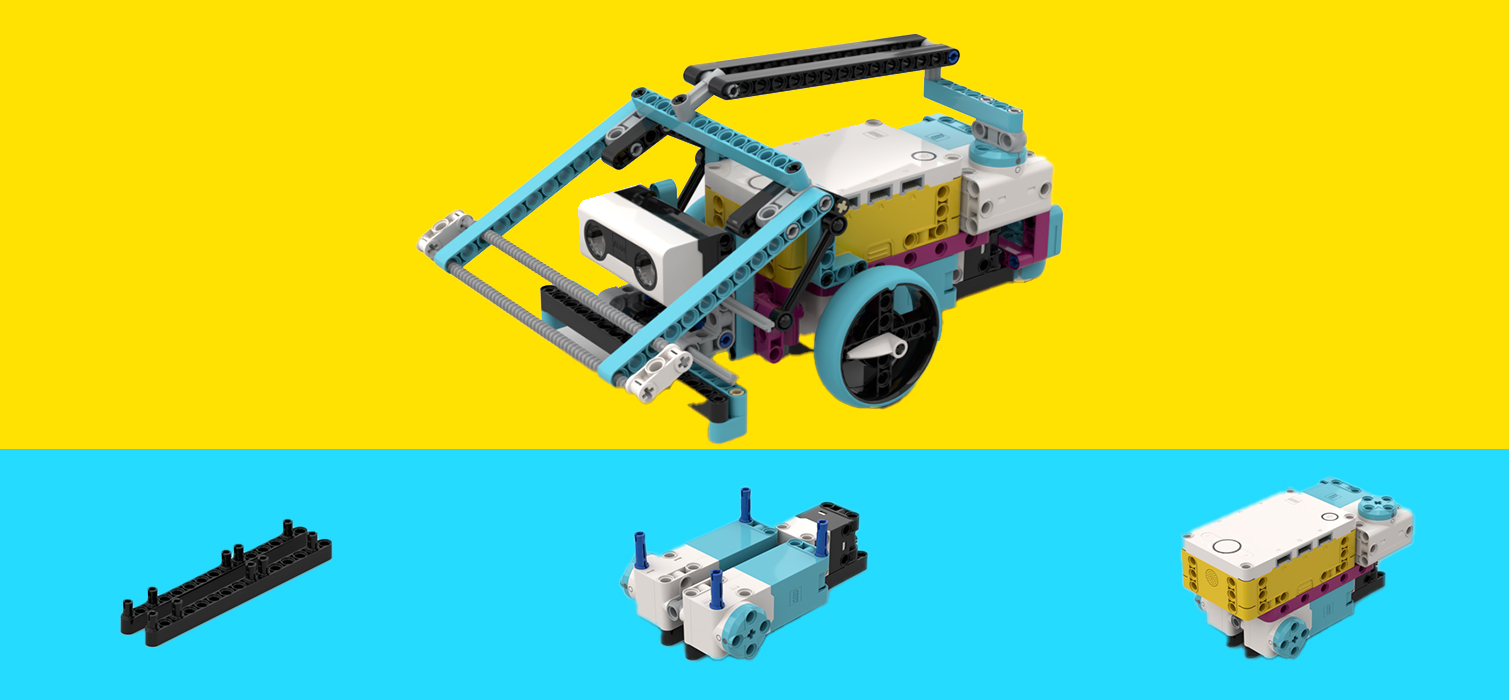Coding and Computational Thinking with LEGO® SPIKE Prime
The Coding and Computational Thinking with LEGO SPIKE Prime curriculum provides a structured sequence of programming activities in real-world project-based contexts. The projects are designed to get students thinking about the patterns and structure of not just robotics, but also programming and problem-solving more generally. This curriculum includes videos, animations, and step-by-step lessons designed to help learners foster Computational Thinking using the SPIKE Prime hardware and SPIKE programming app.
Coding and Computational Thinking with LEGO SPIKE Prime has been updated to support the 3.0 version of the LEGO SPIKE App. Learn more >
About the Curriculum
Coding and Computational Thinking with LEGO SPIKE Prime is broken down into 8 units: Getting Started, Programming the Brain, Robot Movement, Wait Until & Sensors, Loops, Discrete Decisions, Capstone: Subterranean Challenge, and Continuous Decisions. Each unit of the curriculum is strategically scaffolded with videos, animations, and step-by-step lessons.

Virtual Options
Coding and Computational Thinking with LEGO SPIKE Prime can also be completed through a virtual version of the curriculum. Learn More >
Training and Certification
Robotics is a powerful STEM organizer that allows for a diverse set of subjects to be integrated and taught in a rich context. Whether you’re a formal education teacher, an informal education facilitator, or a competition coach, if you’re looking to reach the most valuable and transferable learning outcomes with your students through robotics should enroll in the Carnegie Mellon Robotics Academy’s Certified Teacher Training. A certified educator has the opportunity to offer the Carnegie Mellon Robotics Academy certification within their own classrooms and learning environments, providing the students with evidence of their valuable experience that they can showcase.
- On-site training is conducted at the National Robotics Engineering Center (NREC) in Pittsburgh, PA.
- In Live Online training, educators learn from a Robotics Academy instructor from anywhere in the world through interactive sessions. (Live sessions are recorded)
As part of the training, teachers also learn how to use the CS-STEM Network (CS2N.org) to create “Groups” with their students, track progress, and collect assignments.
Implementation Guidance
Coding and Computational Thinking with LEGO SPIKE Prime is designed for student self-pacing individually, or in small groups, (preferably pairs). Each individual or group should work together at one computer, with one SPIKE Prime robot. The exact number of contact hours provided in the curriculum will vary, given the self-paced nature of the materials, along with other factors such as class length and frequency.
One of the biggest challenges facing teachers today is meeting the needs of each individual student in their classroom; that is the core of differentiated instruction. Differentiated instruction asks teachers to approach students at their instructional level, and requires students to show evidence of growth from their instructional level. Differentiated instruction encompasses more than just assessment. It involves all aspects of instruction: classroom delivery, overall learning environment, learning content, and assessment. The curriculum provides many opportunities for students of all abilities.
Curriculum tasks are designed to involve some – but not extensive – mechanical consideration, so that hands-on design tasks may remain authentic without becoming logistically difficult.
A typical plan for a curriculum module is:
- View the introductory content as a class, or in individual groups, then review the challenge for the unit
- In a group, identify and note key capabilities the robot must develop, and problems that must be solved in individual engineering journals or class logs (e.g. on sticky paper posted on the walls)
- Individuals or groups proceed through the materials at their own pace, following the instruction directly, and constructing solutions to the Try It! and Mini-Challenge steps as they go
- Each individual or group constructs its own solution to the Unit Challenge
- Groups may be asked to document their solutions in journals or logs, and especially to explain how they overcame the key problems identified at the start of the unit
Required Materials
Hardware and Software
Other Materials
- Black electrical tape
- Open areas for the robot to safely move
- Small, colored objects for the robot to manipulate.
- Boxes or other objects to serve as barriers and obstacles
- Meter sticks
- Protractors
